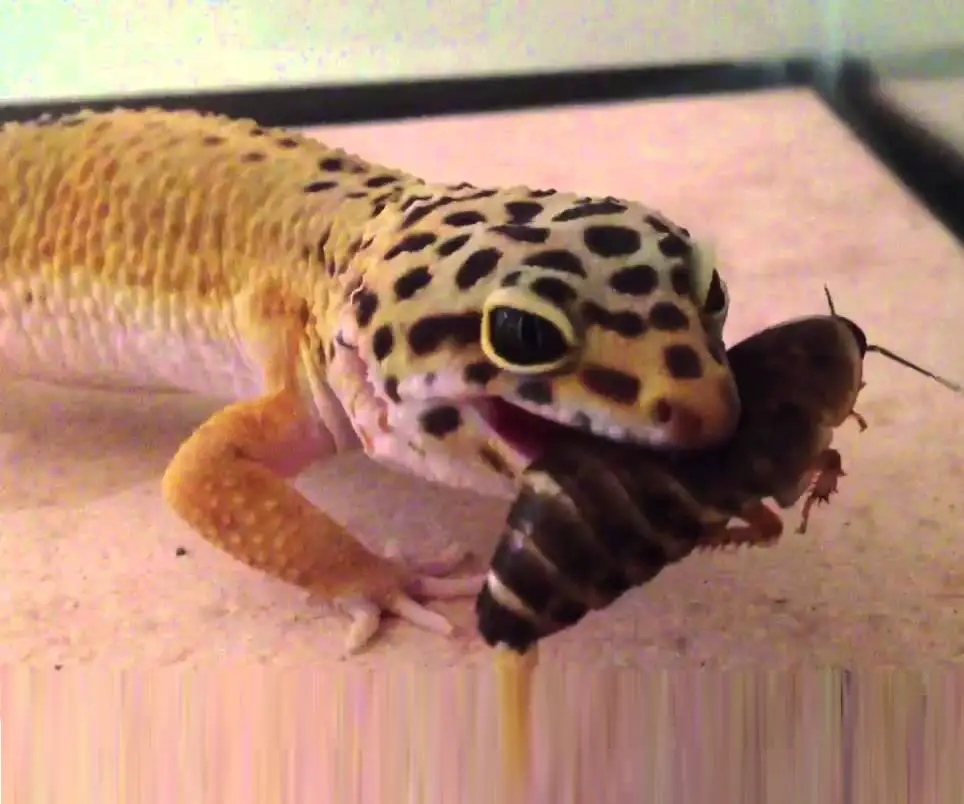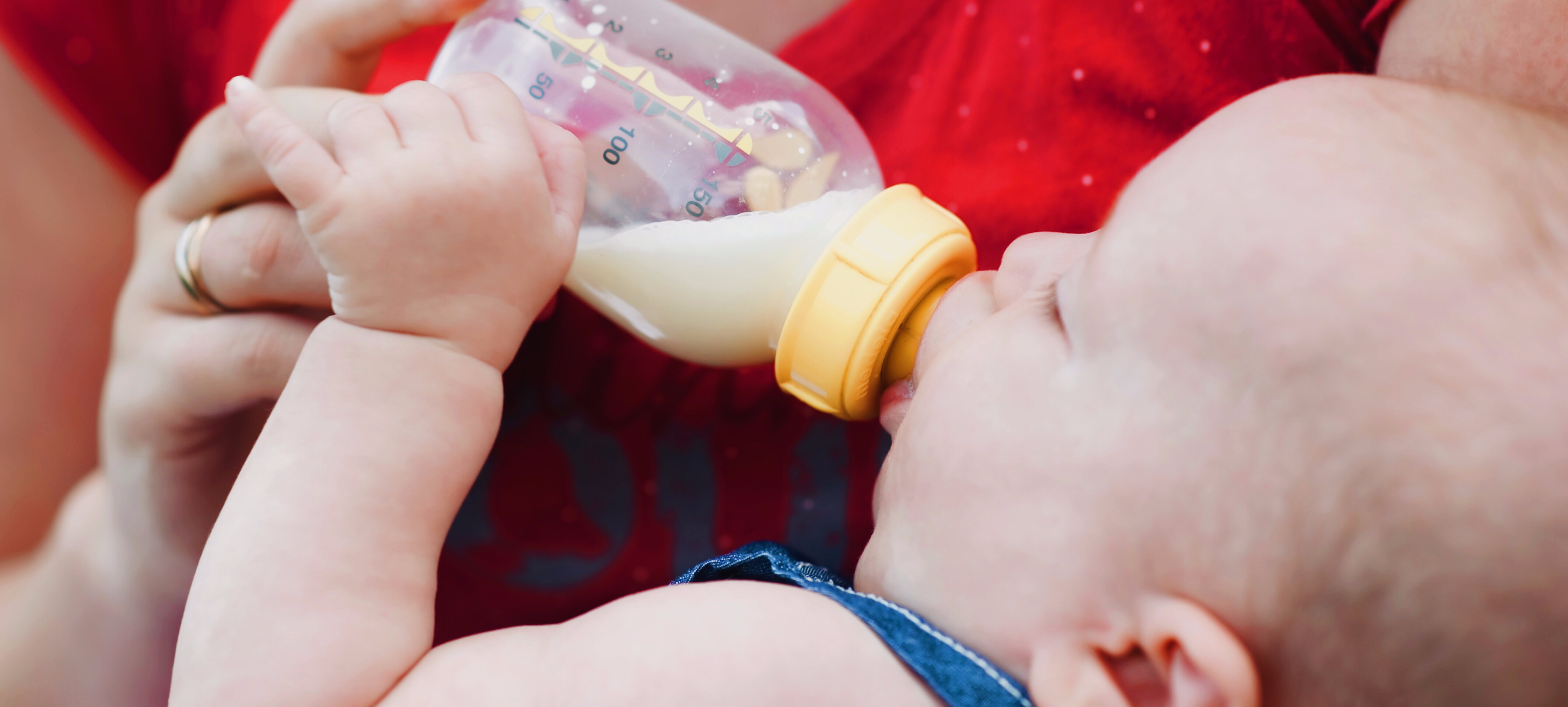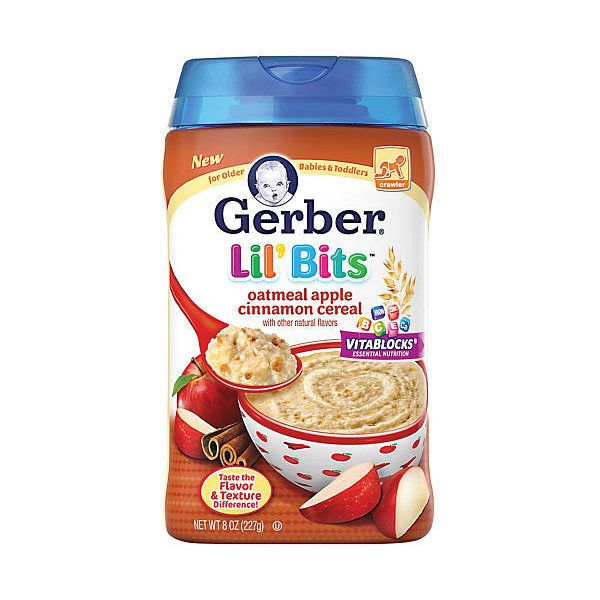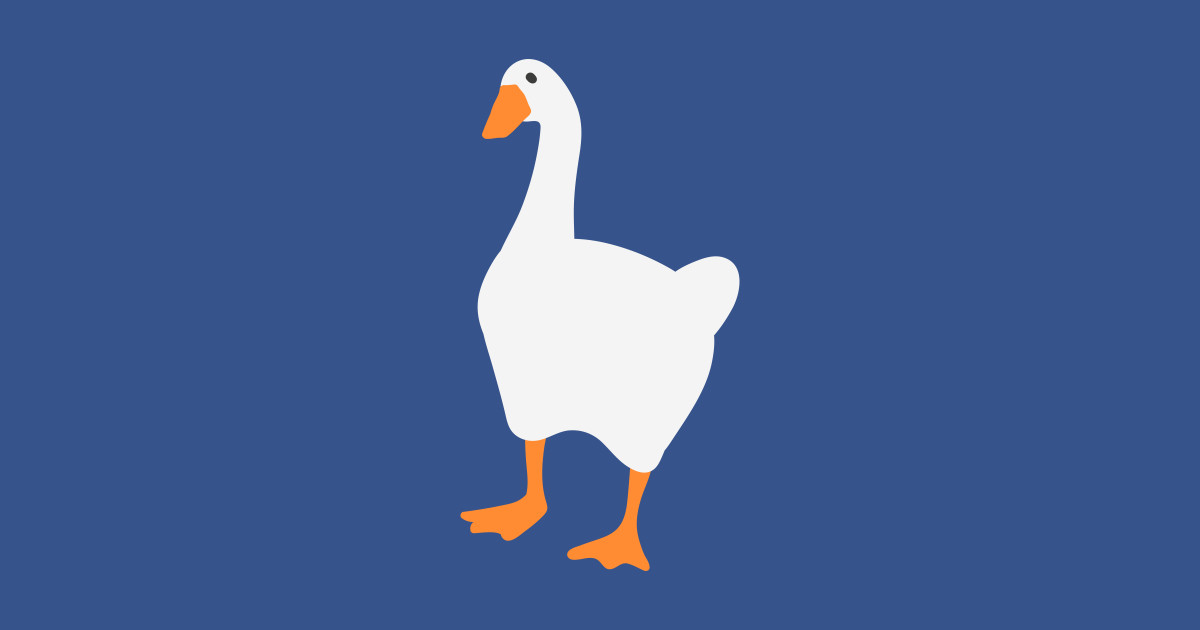What do you feed baby lizards
What Do Lizards Eat? Diet In The Wild And As Pets
If you have ever walked around a garden in the summer, the chances are you have seen small, green or brown lizards. Garden lizards are very common and are also sold as pets.
Green anoles, fence lizards, and agamas are all popular species found in gardens and households.
Top 10 Most Popular Pet Frogs For B...
Please enable JavaScript
Top 10 Most Popular Pet Frogs For Beginners
Feeding a lizard is very simple once you learn what they eat and their dietary needs. Despite over 6,000 different species, lizards all fit into one of four feeding groups.
Continue reading to find out when and what to feed baby, wild and pet garden lizards.
Table of Contents
- What Do Lizards Eat?
- Feeding Lizards
- What Do Baby Lizards Eat?
- What Do Wild Lizards Eat?
- Common Feeding Mistakes
- Can Lizards Eat:
- What Fruit Can Lizards Eat?
- What Vegetables Can Lizards Eat?
- What Can’t They Eat?
- Summary
What Do Lizards Eat?
Lizards will eat anything from leafy greens to insects. They are an extremely diverse group of reptiles and have different ranges, lifestyles and ways of hunting. Even a single species, that shares a small range, can have different hunting styles. Yet one thing all lizards share is that they fit into one of four feeding groups.
Most pet lizards, like leopard geckos, anoles, and house geckos, are insectivores. This means they only eat small insects and invertebrates. In the wild these lizards hunt flies, crickets, grasshoppers, moths, ants, and other small insects. As pets they usually eat crickets, roaches, or mealworms.
Some species, like bearded dragons, blue-tongued skinks and crested geckos, are omnivores. This means they have a diet of both plants and meat. The ratio of plants to meat can range from 10 to 80% depending on the species. Omnivorous lizards eat eggs, small animals, leaves, berries, grasses, and fruits. They need a lot of variation in their diet to stay healthy.
Finally, there are herbivorous and carnivorous lizards.
Herbivores only eat plants. They are very rare and less than 3% of all lizards are herbivores. The green iguana is one of the only pet lizards that is an herbivore.
Carnivorous lizards are not as rare as herbivores, but are rare compared to insectivores and omnivores. Carnivores only eat meat such as mice, rats, large insects, rabbits, or fish. The largest lizard in the world, the Komodo dragon, is a carnivore that eats deer and pigs.
Regardless of their feeding group, wild lizards typically eat less frequently than pets and spend most of their time in search of food. Pets have all their dietary needs provided for them and eat higher quality food than wild species.
Feeding Lizards
Collared lizard eating a grasshopperA balanced diet is important to keep wild and pet lizards healthy. Prey and food variation provide different sources of nutrition and enrichment.
Their diet also change as they need different amounts of nutrients depending on their life stage. A good example is Baby lizards. They eat more food (proportional to their body weight) than adults as they are rapidly growing.
A good example is Baby lizards. They eat more food (proportional to their body weight) than adults as they are rapidly growing.
What Do Baby Lizards Eat?
A proper diet is very important for young lizards. Over their first few months they are developing their muscular and skeletal systems. Baby garden lizards usually eat insects and only a few fruits and vegetables. Flightless fruit flies, pinhead crickets, and bottle fly spikes are the best insects for baby lizards.
Baby lizards are growing faster than adults and need to eat more often. Their smaller size also means they cannot eat the same prey as adults and cannot go as long without eating.
Hatchling garden species of all sizes should be fed every day.
Their feeding frequency can only be decreased once they reach three months of age.
Feeding baby lizards is the same as feeding any reptile. But, because they aren’t as good at catching live prey, they should be fed from a small bowl or dish.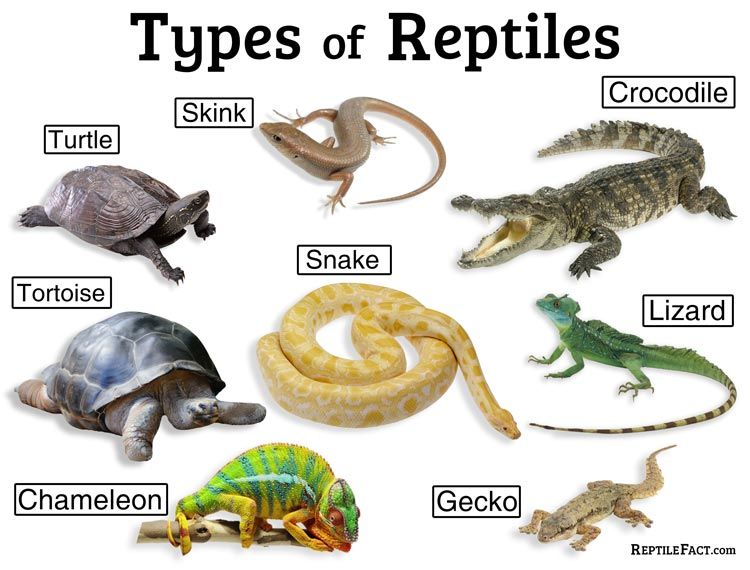 This makes it easier for your lizard to hunt, prevents prey from escaping, and lets you keep track of how much they eat. You should also make sure all prey is smaller than the space between their eyes as this will prevent choking.
This makes it easier for your lizard to hunt, prevents prey from escaping, and lets you keep track of how much they eat. You should also make sure all prey is smaller than the space between their eyes as this will prevent choking.
The exact amount of food will vary based on species, sex, and growth rate. But, using a feeding schedule is a helpful aid.
Below is an example of a healthy diet for any baby lizard:
| Day | Food |
|---|---|
| Monday | 5-6 pinhead crickets |
| Tuesday | 3 bottle fly spikes, 6 flightless fruit flies |
| Wednesday | 5-6 pinhead crickets |
| Thursday | – |
| Friday | 3 bottle fly spikes, 3 small mealworms |
| Saturday | 5-6 pinhead crickets |
| Sunday | 3 bottle fly spikes, 6 flightless fruit flies |
What Do Wild Lizards Eat?
The term ‘garden lizard’ is an umbrella category for many small species of lizard that can be found living in gardens and homes. These lizards are mostly insectivorous and eat flies, ants, crickets, spiders, and larvae. Waxworms, butterworms, and hornworms can be fed as treats.
These lizards are mostly insectivorous and eat flies, ants, crickets, spiders, and larvae. Waxworms, butterworms, and hornworms can be fed as treats.
Many wild lizards are easy to feed and are actually helpful to your garden as they hunt common pest invertebrates. This is very similar to Toads, they also eat pests and balance a garden’s ecosystem.
You will want to feed your garden lizard three or four times a week.
Smaller species like anoles and fence lizards should eat 2 to 5 small crickets or 2 mealworms each time. Larger species like agamas can eat 20 large crickets or 5 to 10 medium-sized dubia roaches.
Agamas are the only garden lizard that is an omnivore. In addition to the insects above, adult agamas should be fed kale and dandelion greens. Pieces of grapes, raspberries, or bananas can be fed as treats too.
Every adult should be fed appropriately sized crickets, mealworms, and dubia cockroaches. Larger food will need to be cut into pieces. It should be no bigger than the width between your lizard’s eyes.
It should be no bigger than the width between your lizard’s eyes.
Adult lizards should grow very slowly. Sudden, noticeable weight gain may mean you are overfeeding!
Keep an eye on your lizard’s weight and adjust feeding amounts accordingly.
See below for a feeding schedule for a small, insectivorous garden lizard:
| Day | Food |
|---|---|
| Monday | 3 small crickets, 2 small mealworms |
| Wednesday | 4 small dubia roaches, 1 waxworm |
| Friday | 3 small crickets, 2 small mealworms |
| Sunday | 4 small dubia roaches |
See below for a feeding a larger, omnivorous garden lizard (e.g. agama):
| Day | Food |
|---|---|
| Monday | 10 large crickets, 4 large mealworms |
| Wednesday | 7 medium dubia roaches, 1 large hornworm |
| Friday | 10 large crickets, dandelion greens |
| Sunday | 7 medium dubia roaches, 2 grapes (halved) |
Common Feeding Mistakes
Desert lizard eating a waspNot providing diet variation is a common mistake.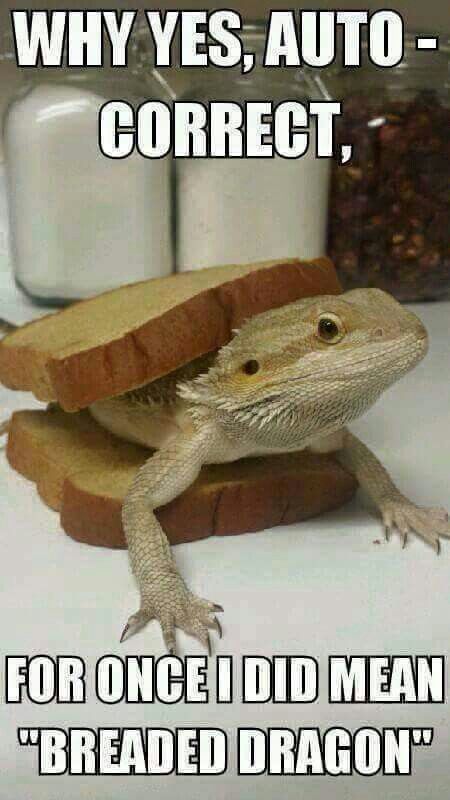 It is easy to feed a lizard one or two prey items, but variation is the key to proper nutrition and enrichment. A restricted diet is very damaging to their health and can lead to metabolic bone disease and vitamin deficiencies, especially in omnivores.
It is easy to feed a lizard one or two prey items, but variation is the key to proper nutrition and enrichment. A restricted diet is very damaging to their health and can lead to metabolic bone disease and vitamin deficiencies, especially in omnivores.
It is always best to feed different foods to a lizard and rotate them throughout the month.
For example, feed your insectivore a mix of crickets and mealworms one week and roaches and crickets the next week. This will not only provide a wider range of nutrients, but will also mentally enrich them during feeding time.
Even with a varied diet, most captive lizards also require vitamin supplements to remain healthy.
Too few vitamins, especially vitamin D, can cause stunted growth and digestive and skeletal problems.
Dust food with a high-quality multivitamin and calcium powder twice a week. You can also gut-load feeder insects by feeding them fresh fruits and vegetables no more than 48 hours before they are fed to your lizard.
Finally, feeding lizards the wrong diet can result in vitamin deficiencies or even starvation.
Before feeding a lizard determine the species first. Try to understand is it an omnivore, herbivore, insectivore, or carnivore. This basic information is the best starting point for a healthy diet. Most garden lizards are pure insectivores, but some also eat fruits and vegetables.Oriental garden lizard hunting
Can Lizards Eat:
Roaches: Yes. Cockroaches make up a large percentage of many wild lizard diets. Many owners like to feed dubia cockroaches, which are high in moisture, calcium, fiber, and protein. Roaches are a good, reliable food source.
Ants: Yes, but it is not part of their staple diet. Ants are small, so they must be eaten in very large numbers to have any nutritional benefit. Some species, like the horned lizard, are adapted for eating ants.
Snakes: No. Larger species like monitors and tegus may eat baby snakes, but most lizards are preyed on by snakes.
Scorpions: No. Pet lizards should not be fed scorpions. Some desert-dwelling lizards like the Western banded gecko eat scorpions. However, this is rare, and most of the time it is the other way around!
Spiders: Yes. Small spiders are prey for house geckos, skinks and anoles. In many ecosystems, lizards are important predators that regulate the number of spiders in an area.
Fruit: Yes. Fruit is an essential part of the diet of omnivorous and herbivorous lizards. In moderation, fruit is a healthy, vitamin-rich snack that many species enjoy. Insectivores will not eat fruit, even if it is offered.
Chocolate: No. Chocolate is toxic and contains theobromine, a compound that is toxic to most animals, including reptiles. Theobromine is a stimulant that overloads the nervous and cardiac systems. It can lead to death.
Vegetables: Yes. Dark leafy greens, squash, now peas, parsley, and bell peppers are all great vegetables for lizards.
Bread: No. Lizards’ digestive tracts are not meant to handle grains and large amounts of complex sugars. Bread is not nutritious and should not be offered.
Worms: Yes. Some house lizards will eat earthworms. However, because of their slimy exterior, worms are not usually eaten unless they have no other option. Other worm-like invertebrates such as hornworms, waxworms, and mealworms are loved by lizards and make excellent treats.
What Fruit Can Lizards Eat?
Fruit makes a great treat for lizards every once and a while. Use fruit as a reward, or as a way to make other foods more appetizing, such as adding chopped mango to your bearded dragon’s salad.
These fruits are both safe and tasty:
- Apples
- Bananas
- Grapes
- Papayas
- Honeydew melon
- Cantaloupe
- Kiwi
- Blueberries
- Strawberries
- Pears
- Pineapple
- Figs
- Peaches
Make sure to wash all fruits thoroughly and chop them up into bite-sized pieces before feeding them to a lizard.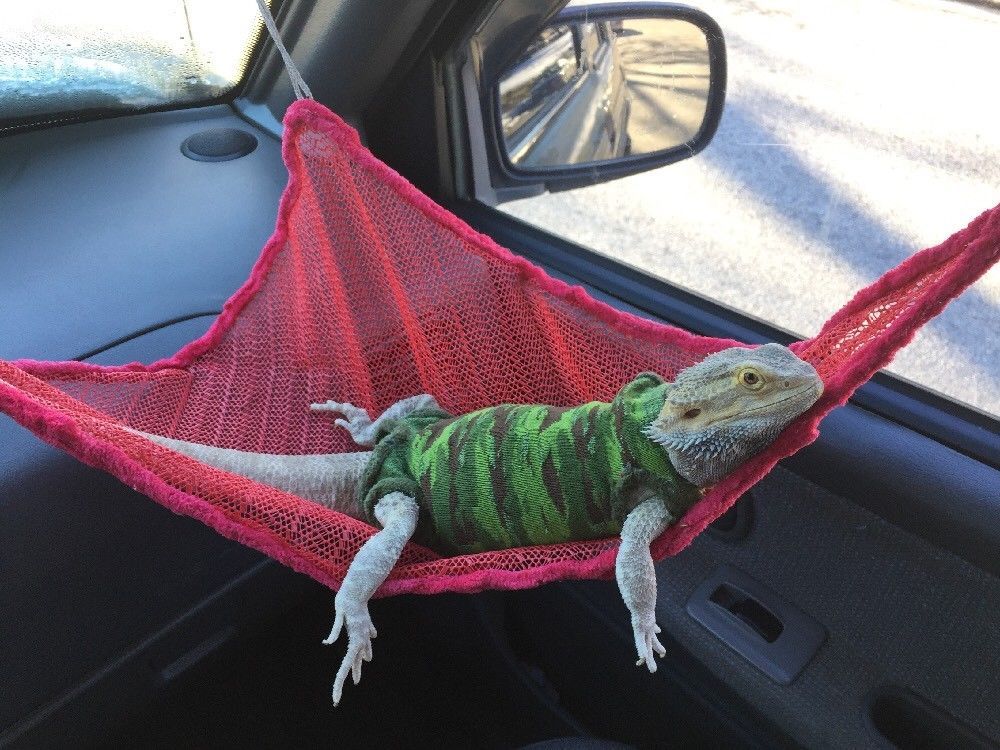 Discard any hard seeds, pits, or peels, and don’t feed any fruit that is moldy or not 100% safe for lizards.
Discard any hard seeds, pits, or peels, and don’t feed any fruit that is moldy or not 100% safe for lizards.
Remember, only about 5% of your lizard’s diet should be fruit. Though healthy in small amounts, fruit is very high in sugar and eating too much of it can lead to health problems.
What Vegetables Can Lizards Eat?
Vegetables are the main food source for many lizards. Feeding a variety of veggies is healthy and decreases the likelihood of your reptile developing a vitamin deficiency. It also makes feeding time a more exciting and enriching experience.
Below are some common vegetables that lizards love and are known to be safe and healthy:
- Kale
- Dandelion greens
- Carrots
- Squash
- Tomatoes
- Sweet potatoes
- Endive
- Bell peppers
- Parsley
- Swiss chard
- Collard greens
- Yams
- Spinach
- Romaine lettuce
As with fruits, vegetables should be fed in moderation, along with insects.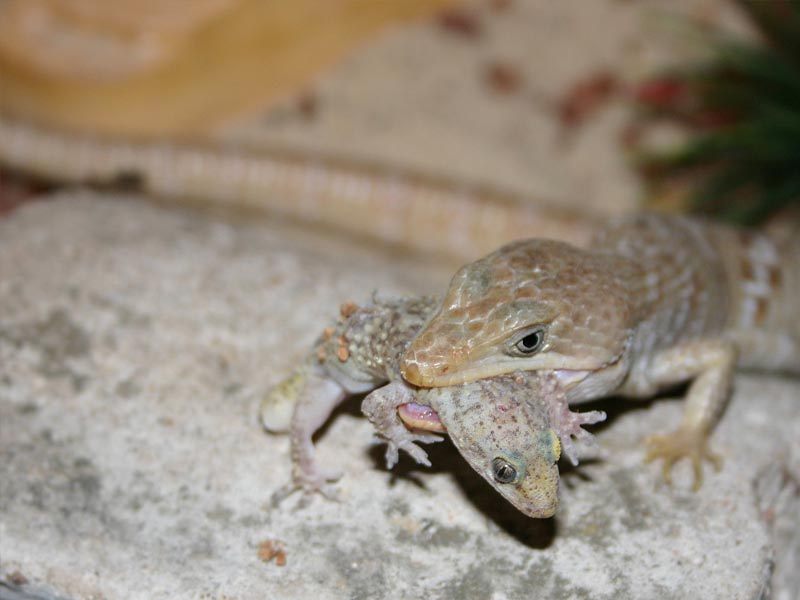
Wash and cut vegetables into small chunks, discarding any inedible seeds or peels. Kale, romaine lettuce, and spinach should be given in small portions because they contain an enzyme that binds calcium.
What Can’t They Eat?
There are plenty of foods that are edible and safe for lizards, but there are also many that are not safe. For insectivores, only use feeder insects that are free from parasites and disease. For herbivores and omnivores, use fresh or frozen-thawed fruits and vegetables that are washed.
The foods listed below are either toxic or not nutritious for lizards:
- Iceberg lettuce
- Fireflies
- Avocado
- Juniper
- Acorns
- Eggplant
- Garlic
- Onion
- Ticks
- Celery
- Butterflies
- Caterpillars
Never feed wild-caught insects or fruits and vegetables taken directly from your garden (without washing them). Wild-caught insects may carry parasites. Fruits and vegetables can be covered in pesticides and other harmful chemicals that can lead to sickness.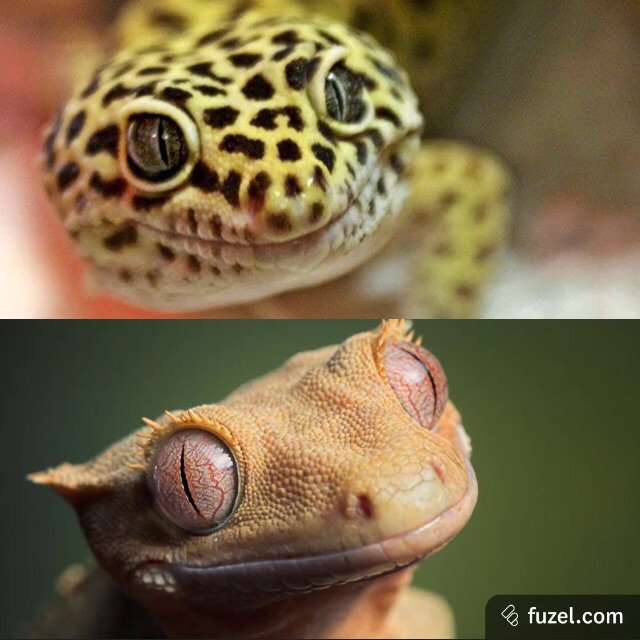
Summary
Most lizards fall into two categories: insectivores and omnivores.
Insectivores only eat insects and other invertebrates. They can eat anything from spiders, flies, and aphids to crickets, mealworms, and dubia roaches.
Some species have a diet similar to turtles and are omnivores. Omnivores eat insects too, but they also need fruits and vegetables in their diet. Safe fruits and veggies for lizards include bananas, papaya, grapes, yams, bell peppers, carrots, strawberries and dandelion greens.
Make sure you also provide your lizard with vitamin and calcium supplements twice a week and vary its diet to ensure it gets all the nutrients it requires.
What do you feed your lizard? Let us know in the comments below.
What do Baby Lizards Eat in the Wild and as Pets?
Pet Keen is reader-supported. When you buy via links on our site, we may earn an affiliate commission at no cost to you. Learn more.
By
Oliver Jones
Last updated:
From the moment they hatch, baby lizards are independent. They do not require any care from their mother and will eat the same foods as adults. The diet of a baby lizard depends on whether the species is an herbivore, omnivore, or carnivore.
They do not require any care from their mother and will eat the same foods as adults. The diet of a baby lizard depends on whether the species is an herbivore, omnivore, or carnivore.
Though baby lizards do have the same nutritional needs as the adult, they will not be as effective at hunting and foraging as an adult lizard. These skills will be developed as the lizard matures and grows.
A pet baby lizard’s diet will depend on the species and you should consult with your veterinarian on the best diet to ensure your lizard’s overall health and well-being.
What Do Wild Baby Lizards Eat?
Image Credit: PiqselsWhether the baby lizard is an herbivore, carnivore, or omnivore, they have the digestive capacity of an adult. A wild baby lizard will learn to hunt and forage as soon as it is hatched. Dependent on the region, they will get their proper nutrition by eating various plant life and/or prey.
Their diet is greatly dependent on their size. They may require smaller prey like insects and worms or larger prey such as mice, frogs, and other lizards if they are carnivorous or omnivorous.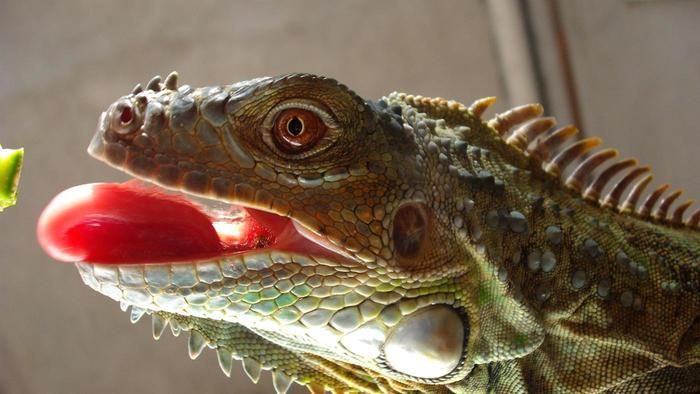 The omnivores will include local plant life in their diet.
The omnivores will include local plant life in their diet.
They will practice hunting skills on smaller prey such as insects while they grow and mature. As they age and become more skilled hunters, they will move to larger prey. Wild baby lizards will likely never stop eating insects entirely.
Common prey items include crickets, ants, flies, grasshoppers, worms, spiders, small rodents. The overall diet of a wild baby lizard is highly dependent on available prey and hunting conditions.
A wild baby herbivorous lizard’s diet is limited to the local plants, fruits, and vegetables in their native region. As with any lizard, what they eat depends on where the lizard lives and its size.
- Related Read: What Do Chameleons Eat in the Wild & as Pets?
What Do Pet Baby Lizards Eat?
Image Credit: agus fitriyanto suratno, ShutterstockIf you are caring for a pet baby lizard, you can offer the same food that is recommended for adults. As with any pet, you will want to consult your veterinarian for proper diet and nutrition recommendations.
As with any pet, you will want to consult your veterinarian for proper diet and nutrition recommendations.
Baby lizards can handle live prey, it will provide mental stimulation and great nutritional value. Pet stores will typically carry a variety of foods such as live crickets, flies, roaches, worms, and rodents. You do have the option to purchase dried mealworms and crickets. If you have a larger species, they do have frozen rodents available as well.
It’s highly recommended to monitor the live feeding sessions and remove any uneaten prey after about 20 minutes. Live prey that remains in the enclosure can cause harm to your baby lizard.
Herbivores will eat various fruits and greens. It is important to offer a wide variety of foods to your herbivorous baby lizard to avoid nutritional deficiencies.
- Related Read: How to Take Care of a Lizard (Care Sheet & Guide)
Conclusion
You will want to research your particular species of lizard so that you can offer their native fruits and vegetables. You can purchase these fresh food items from the local grocery store. Pet stores will have dry food and food toppers available as well.
You can purchase these fresh food items from the local grocery store. Pet stores will have dry food and food toppers available as well.
Keep in mind that omnivorous baby lizards will eat a variety of fruits, greens, and meat. You will need to adjust their diet accordingly.
Featured Image Credit: Laurent Duval, Pixabay
Written by
Oliver
Author
Oliver (Ollie) Jones - A zoologist and freelance writer living in South Australia with his partner Alex, their dog Pepper, and their cat Steve (who declined to be pictured). Ollie, originally from the USA, holds his master's degree in wildlife biology and moved to Australia to pursue his career and passion but has found a new love for working online and writing about animals of all types.
Contents
- What Do Wild Baby Lizards Eat?
- What Do Pet Baby Lizards Eat?
- Conclusion
Didn't find what you need? Use the search!
Search… Search our database of over 11271 posts with up-to-date information from our experts and veterinarians.
Want to talk to a vet online?
Whether you have concerns about your dog, cat, or other pet, trained vets have the answers!
Ask a vet
What and how to feed a lizard at home
Library / Reptiles / Nutrition / What to feed a lizard
Lizards are conditionally divided into 3 groups: carnivores, herbivores, and omnivores. The diet of the lizard is made up depending on the type and individual needs of the reptile.
Animal food for lizards
Since most lizards are still predators in their natural environment, the lion's share of their diet is live food. Often, reptiles are fed crickets, flies, bloodworms, grasshoppers, locusts, earthworms. Larger lizards are given mice, small rats and other rodents. You can also occasionally feed your pets with small or chopped fish, lean raw boneless meat, bird eggs. Cottage cheese is given as feed additives: it is left in feeders or laid out on stones and branches (for individuals who do not like to go down to the ground).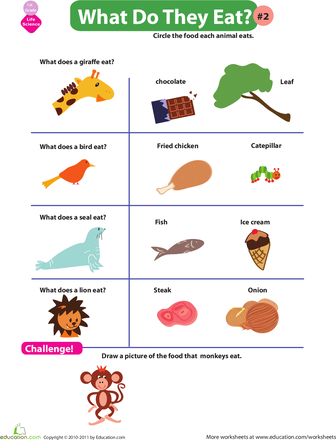 nine0003
nine0003
It is best to feed live food with tweezers, otherwise the insects will scatter around the terrarium. It is not recommended to feed cockroaches, except perhaps American ones, but they are mobile and fast, so their paws are often torn off before feeding. Meal worms are also useful, they do not feed lizards with beetles, because they have a hard shell. It is recommended to crush the head of the mealworm with tweezers, as it has strong jaws and can damage the mucous membranes. Some species of reptiles also eat adult May beetles. Large lizards also eat newly hatched chicks. nine0003
Vegetable food for lizards
About a third of a lizard's diet is vegetable food. You can offer your pet greens - lettuce, parsley, plantain, spinach, clover, dandelion and more. They eat well reptiles and pieces of vegetables - cabbage, broccoli, zucchini, cucumbers, carrots, sometimes you can give raw potatoes. From fruits, you can give apples, pears, melons, grapes, citrus fruits - experimentally, you can find out which ones your pet likes best.
Vitamin and mineral supplements can be mixed into food: for example, added to fruits or porridge with insects. It is also useful for the lizard to give crushed eggshells, calcium glycerophosphate tablets, chalk, reptile preparations.
How to feed a lizard?
The most convenient way to feed herbal food is from Petri dish type feeders. Young lizards are fed 2 times a day, adults have enough one-time feeding. You need to give food at a time when the pet is most active (there are day and night lizards). After the reptile has eaten, the remnants of food are removed. The terrarium must have a drinking bowl. However, many species of reptiles prefer to lick drops of water from plants, so you need to spray the terrarium regularly. nine0003
Juveniles are fed with tweezers for the first time, adult food is placed in the feeder. It happens that lizards refuse to eat for some time, but at the same time they are active and drink water - this is a kind of fasting day. If the lizard refuses a new food, it may not be to her taste, it is better to gradually add it to her usual diet. In general, lizards are unpretentious and willingly eat most foods.
If the lizard refuses a new food, it may not be to her taste, it is better to gradually add it to her usual diet. In general, lizards are unpretentious and willingly eat most foods.
Source: www.pitomec.ru
This page has been viewed 221544 timesShare with your friends
What to feed a lizard?
Lizards are different: herbivores, carnivores and omnivores. Before you start feeding, you need to determine what type of food is characteristic of the species that lives in you.
The most common reptiles found in temperate climates are representatives of the family Real lizards, as well as the genus Forest lizards. They are all carnivores. However, in the southern regions, there are habitats for omnivorous lizards such as the Middle Lizard. nine0003
Meat-Eating Lizards
If you have determined that a common lizard has come to you, the problem of what to feed is solved quite simply: insects, worms, small mice and rat pups, occasionally meat.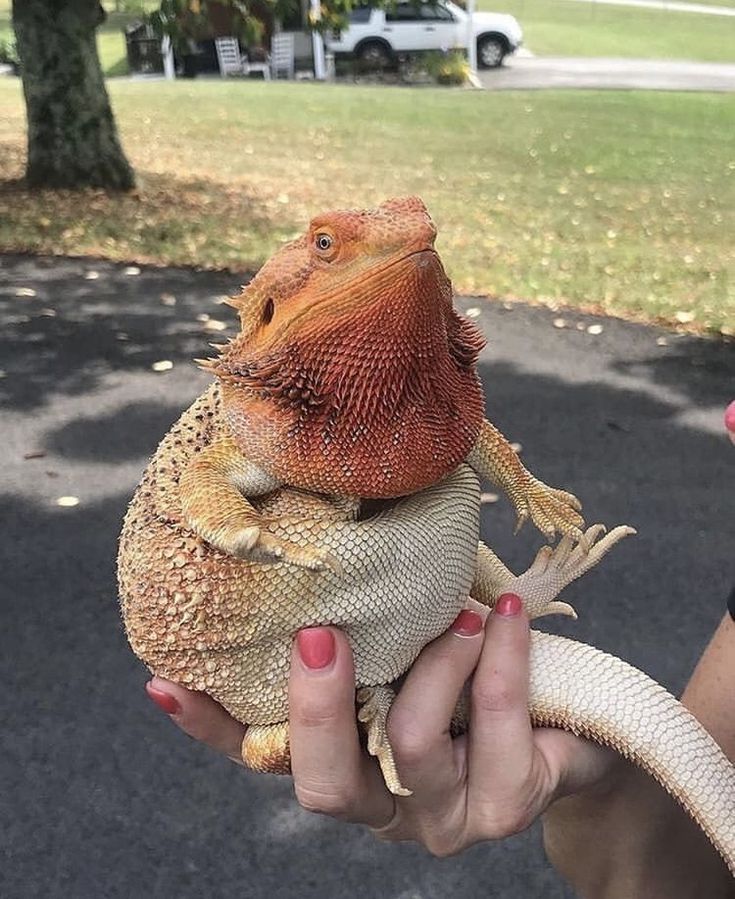 Locusts, grasshoppers, crickets, cockroaches, fruit flies - these are what you should feed an ordinary lizard. Please note that cockroaches are not Prussians caught somewhere, but black cockroaches, which are specially bred to feed reptiles, amphibians and spiders. Ask at a pet store or look for people who breed insects: it will be much more profitable to raise insects at home than to buy them every time. nine0003
Locusts, grasshoppers, crickets, cockroaches, fruit flies - these are what you should feed an ordinary lizard. Please note that cockroaches are not Prussians caught somewhere, but black cockroaches, which are specially bred to feed reptiles, amphibians and spiders. Ask at a pet store or look for people who breed insects: it will be much more profitable to raise insects at home than to buy them every time. nine0003
Fish and meat is another way to feed a lizard. Although this option is very risky: raw meat may contain parasites, and your lizard may get a helminthic infestation. Meat and fish should not be included in the diet of the animal often and in large quantities; before feeding, make sure that all the bones from the tissues have been removed.
Another good solution to feed a lizard at home is snails. They are easy to breed, moreover, their shells contain calcium, which must be mixed in when feeding the lizard with other types of food. If you feed mice to lizards, you can pre-inject them with a vitamin-mineral complex.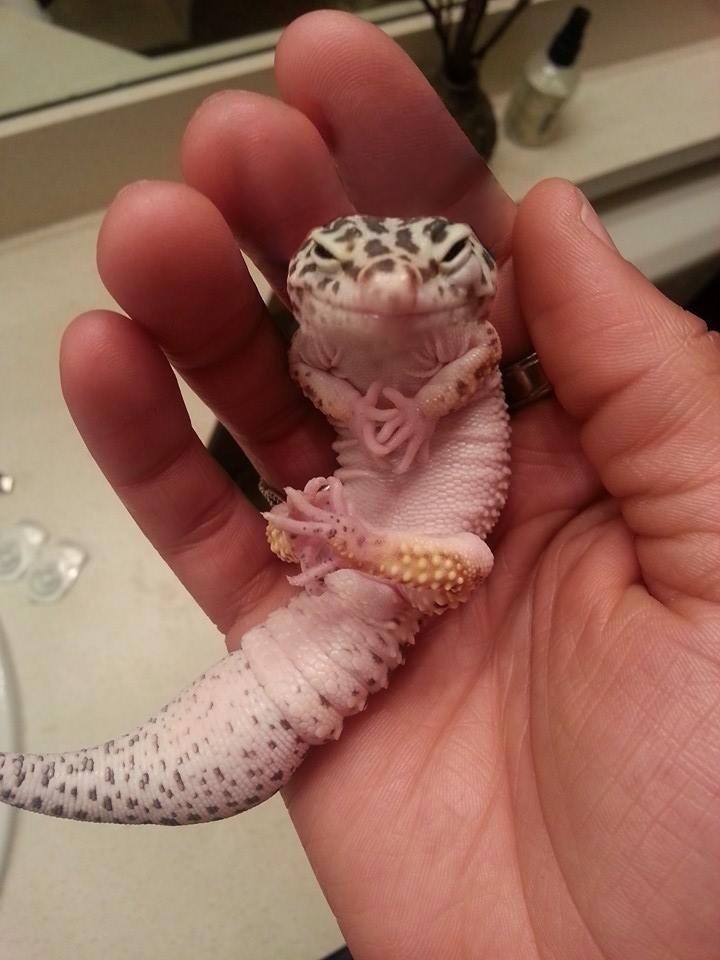 Another source of calcium is egg shells. nine0003
Another source of calcium is egg shells. nine0003
herbivorous lizards
Fruits and vegetables are the basis of what to feed a lizard leading a vegetarian way of life. Suitable cabbage, carrots, lettuce, apples, grapes, potatoes (occasionally). Fruits and vegetables are served together, cut into small pieces and peeled.
Observe the lizard while feeding and don't be afraid to experiment - this way you will reveal the food habits of your particular lizard. However, remember that the food must be safe for the reptile - that is, you do not need to feed it with chips. Carnivores should be offered plant food once a week, herbivores - an insect. nine0003
The lizard needs to be fed daily. If she suddenly began to refuse food - force feed once every two days. If after a week the lizard does not begin to take food on its own, show the animal to the veterinarian.
Related articles:
| Achatina snail care The Achatina snail is the brightest representative of its family, distinguished by its huge size. |

